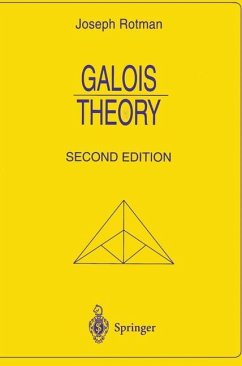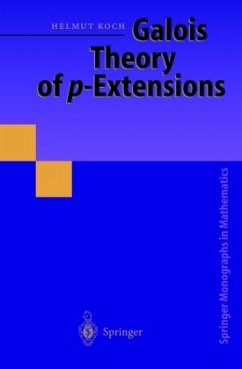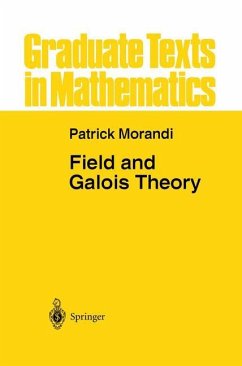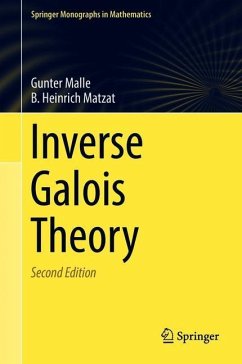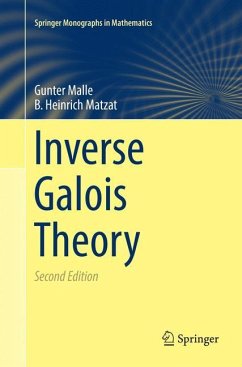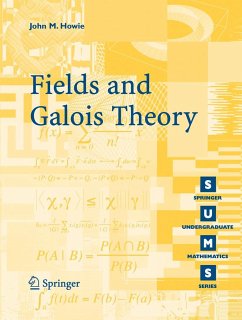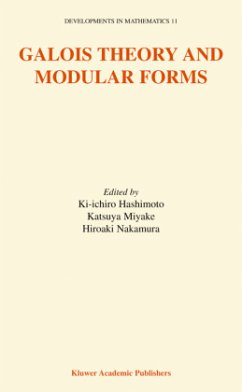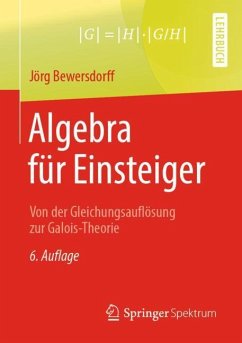
Galois Theory

PAYBACK Punkte
27 °P sammeln!
The new edition of this text on classical Galois Theory approaches the theory from the linear algebra point of view, following Artin. It also presents a number of applications of the theory and an expanded chapter on transcendental extensions.
This is a textbook on Galois theory. Galois theory has a well-deserved re- tation as one of the most beautiful subjects in mathematics. I was seduced by its beauty into writing this book. I hope you will be seduced by its beauty in reading it. This book begins at the beginning. Indeed (and perhaps a little unusually for a mathematics text), it begins with an informal introductory chapter, Ch- ter 1. In this chapter we give a number of examples in Galois theory, even before our terms have been properly de?ned. (Needless to say, even though we proceed informally here, everything we say is absolutely correct.) These examples are sort of an airport beacon, shining a clear light at our destination as we navigate a course through the mathematical skies to get there. Then we start with our proper development of the subject, in Chapter 2. We assume no prior knowledge of ?eld theory on the part of the reader. We develop ?eld theory, with our goal being the Fundamental Theorem of Galois Theory (the FTGT). On the way, we consider extension ?elds, and deal with the notions of normal, separable, and Galois extensions. Then, in the penul- mate section of this chapter, we reach our main goal, the FTGT.





